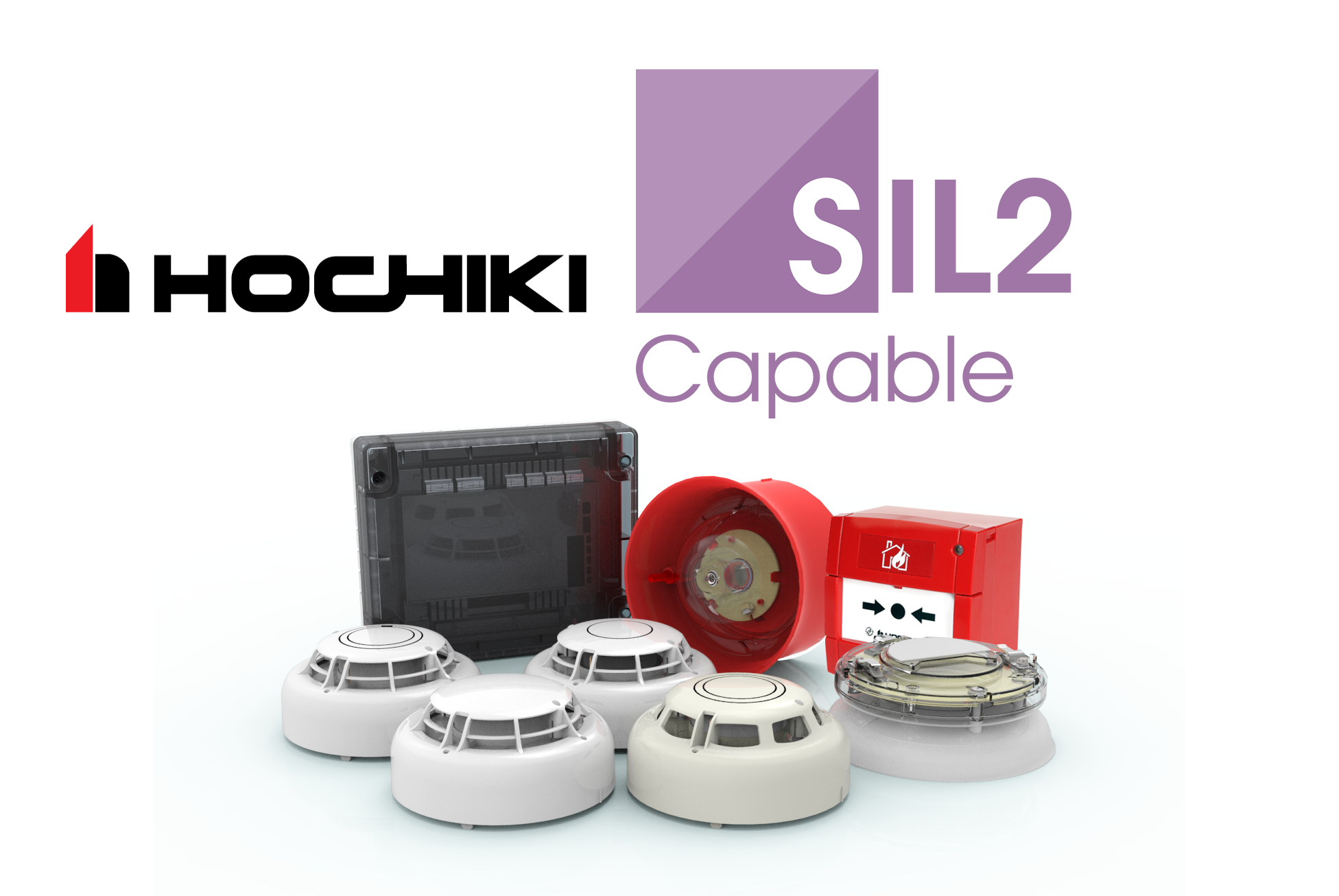Formula Techniki
Hochiki Europe protects petrochemical environments in Ghana
Hochiki Europe protects petrochemical environments in Ghana

Oil and gas facilities can be particularly challenging environments when it comes to specifying life safety systems. The presence of hazardous and potentially volatile materials, like petrochemicals requires an even closer focus on safety considerations. In addition, higher than usual levels of smoke, dust and other particulates in the atmosphere can pose a challenge for accurate fire detection - resulting in a need for highly intelligent detection devices.
Metron Energy Applications, a Greek-based provider of oil and gas industry construction solutions, led the development of the Tema facility. The firm tasked fire safety solutions supplier, Formula Techniki, with delivering a detection system that met the requirements of the National Fire Protection Association’s (NFPA) National Fire Alarm and Signalling Code. Also known as NFPA 72, this internationally recognised US standard includes requirements specific to the fire safety risks found in chemical facilities.
It was also essential that any products installed as part of the fire detection system were intelligent, and would allow the facilities managers to quickly identify hazards in order to help them take appropriate action to protect the building and its occupants.

Formula Techniki specified a number of products from Hochiki Europe’s Safety Integrity Level (SIL) range. SIL is a standard that has been widely adopted by the global oil and gas industry, and provides targets around the reliability and performance of the safety systems used to protect such hazardous environments. All of Hochiki’s SIL Approved range provides SIL Level 2 protection.
A total of 18 SIL approved wall sounders and 45 SIL approved photoelectric smoke sensors were installed across the storage facility. These sensors feature variable sensitivity levels, allowing the facilities managers to increase or decrease the sensor threshold, depending on the surrounding operating environment. This improves the so-called “signal-to-noise” ratio, meaning the sensors can be set to ensure they are not triggered by the background “noise” caused by the constant presence of airborne material normally found in the vicinity, but only by the unique “signals” resulting from the release of additional particles generated by a fire. In doing so, it helps reduce the risk of a false alarm.
19 SIL approved addressable weatherproof manual call points were also installed throughout the site. These allow building occupants to manually sound the alarm in the event of a fire or life safety incident, further safeguarding against a system failure. They have been specially designed and approved for use in some of the most demanding applications, including oil platforms and marine environments. Featuring integral short-circuit isolators to ensure loop performance, they also offer rapid response communications to virtually eliminate the risk of false alarms.
Both the photoelectric sensors and the weatherproof manual call points installed at the facility are compatible with Hochiki Europe’s ESP open protocol, in line with Metron Energy Application’s need for a flexible and intelligent fire and life safety solution.
The life safety equipment at Tema has now been installed, and the construction of the new facility is now complete. As a result of Hochiki Europe’s equipment, the site now has a fire safety system capable of meeting the strict requirements of such a hazardous environment.
Speaking about the project, Angelos Angelikas, Technical Manager at Formula Techniki, noted:
Daniel Bon, Regional Sales Manager at Hochiki Europe, added:
